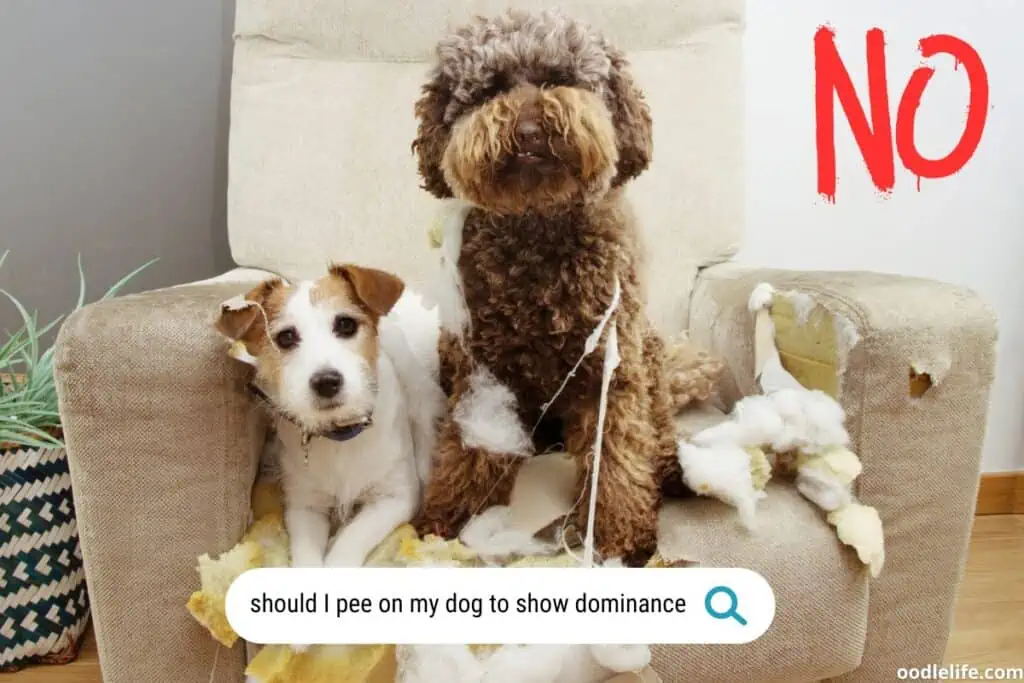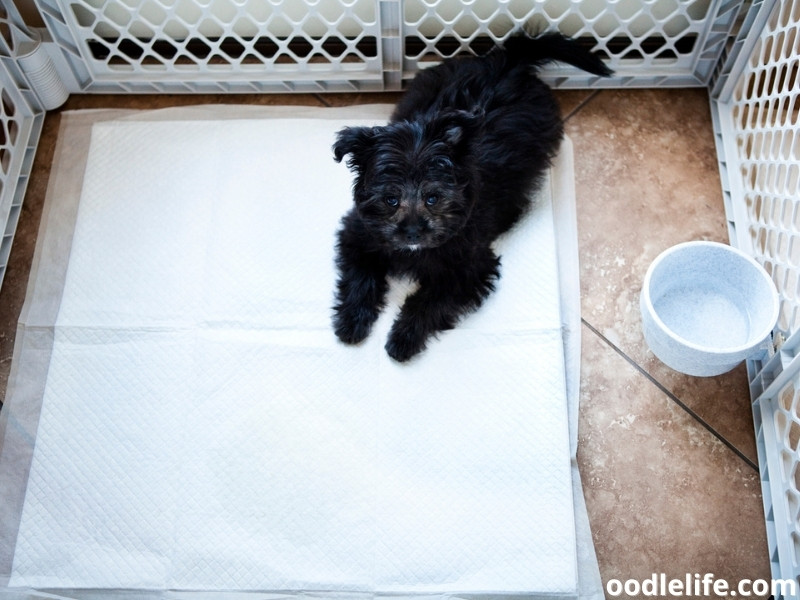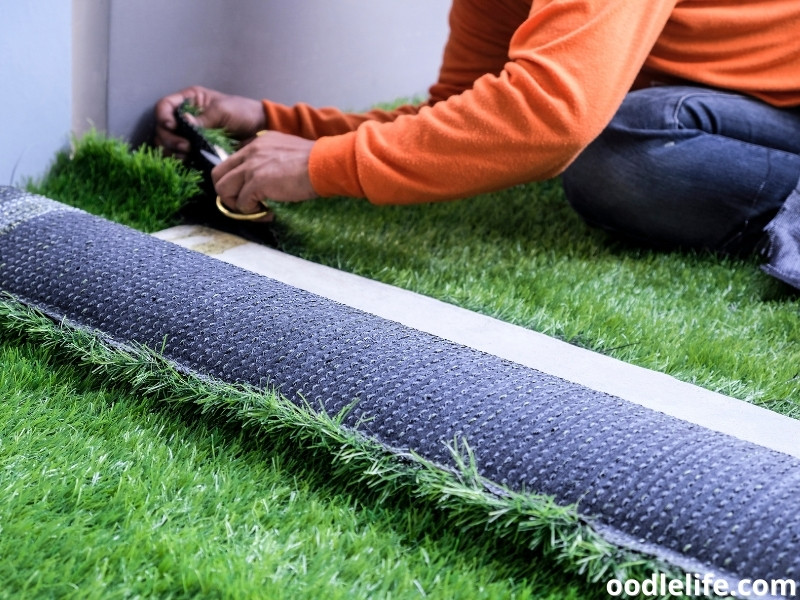Should I Pee on My Dog to Show Dominance: Debunking the Myth
Many dog owners might have encountered the age-old question – should I pee on my dog to show dominance? While it may seem logical to some, peeing on your canine friend as a sign of authority is, in fact, a myth and doesn’t deliver the desired outcome. Instead, it’s important to explore alternative methods for establishing a healthy relationship with your dog.

Urination does play a role in a dog’s social hierarchy. However, it’s more about marking territory and asserting dominance within that space, rather than creating a power dynamic between pack members. It’s essential to separate human logic from canine behavior and understand that peeing on your dog may lead to negative consequences, like breaking the bond and causing stress, anxiety, and fear.
Instead of resorting to questionable tactics, take the time to understand your pet’s unique needs and challenges. Building a strong foundation of trust and respect is the key to a successful relationship with your furry friend. So, before you unzip that fly, step back and assess what truly matters to both you and your beloved pet.
Understanding Dominance
Dominance in dogs is a widely debated topic, with various theories and perspectives on the relationship between humans and their canine companions. In this section, we will explore two common viewpoints: the Alpha Dog Theory and the Modern View on Dominance.
Alpha Dog Theory
The Alpha Dog Theory was once a popular explanation for dog behavior, drawing inspiration from the hierarchical structures observed in wolf packs. Proponents of this theory believed that a dog’s behavior could be controlled by establishing dominance as the “alpha” in the relationship. They thought that mimicking certain actions, such as marking territory, helped humans command respect and obedience from their dogs.
However, it’s essential to note that the idea of peeing on a dog to assert dominance has been largely debunked by experts. Not only is it disrespectful to the dog, but it can also lead to behavioral issues and hinder the development of a healthy and trusting bond between human and pet.

Modern View on Dominance
The modern understanding of dominance in dogs is less focused on strict hierarchies and more centered on communication and trust. Recent studies have revealed that dogs and wolves have different social structures and behavior patterns, making it less appropriate to apply alpha concepts to our furry friends.
Contemporary dog behaviorists advocate for positive reinforcement techniques, such as praising good behavior and offering rewards. These approaches are considered more effective and humane than attempting to assert dominance through physical or punitive methods, which can result in fear, anxiety, and aggression.
Humorously, peeing on one’s dog would probably yield more confused glances and a messy cleanup process than any semblance of leadership. A better approach to establishing a healthy relationship with your dog might involve giving them clear boundaries, staying consistent with training, and offering plenty of love and affection.
Dog Communication and Behavior
Understanding dog behavior and communication patterns is essential for any pet owner who wants to build a healthy relationship with their canine companion. In this section, we will delve into canine body language and the importance of positive reinforcement in teaching appropriate behaviors.

Canine Body Language
Dogs mainly communicate through body language, which includes facial expressions, ear positions, tail movements, and body postures. For instance, a wagging tail does not always mean happiness; it can also indicate anxiety or agitation. Similarly, a dog may lower its head or show its belly to signal submission or appeasement. It is crucial for pet owners to learn their dog’s unique body language cues to establish trust and effective communication.
As for the idea of peeing on your dog to show dominance, it is unnecessary and may lead to more harm than good. Dogs do not view human actions as part of their dominance hierarchy, and such actions may only confuse or stress them. Instead, focusing on understanding their body language and communication patterns is more beneficial for mutual respect and cooperation.
Importance of Positive Reinforcement
Positive reinforcement training, which involves rewarding desired behaviors and ignoring or redirecting undesired ones, is the best approach to teaching your dog obedience and good manners. By using treats, praise, and playtime as rewards, pet owners can effectively train their dogs without engaging in harmful or outdated dominance-based techniques like applying physical force, intimidation, or peeing on the dog.
For example, if your dog tends to jump on you when excited, redirect their energy by asking for a “sit” or “shake” command and rewarding them with a treat or praise when they comply. This approach not only reinforces good behavior but also strengthens the bond between the owner and the dog, creating a positive and mutually enjoyable experience.
In conclusion, understanding dog communication and behavior is vital for creating a strong and healthy bond with your pet. Instead of resorting to outdated and potentially harmful dominance techniques, opt for positive reinforcement training and learning to read canine body language for a happier and more harmonious relationship.

Why Peeing on Your Dog Is Not Recommended
As a pet owner, it’s natural to want to establish and maintain a strong bond with your dog. But when it comes to asserting dominance, peeing on your dog is definitely not the right approach. Here are the reasons why you should avoid this practice.
Potential Health Risks
First and foremost, let’s address the health concerns. Human urine is home to many bacteria, and exposing your dog to these microorganisms by peeing on them can put their health at risk. Similarly, fecal matter also poses a threat to their well-being, as it harbors various parasites and pathogens. Instead of resorting to this unsanitary method, consider investing time in proper training and positive reinforcement techniques to establish your dominance.
Negative Impact on Your Relationship
Training your dog and building a strong bond should be based on trust, respect, and positive reinforcement. These elements contribute to a healthy and fulfilling relationship with your canine companion. Peeing on your dog sends a contradictory message, which not only confuses them but also erodes the very trust and respect you’re trying to build. Dogs are incredibly intuitive, and they can sense emotions like anger, frustration, and fear. Such negative feelings will only strain your relationship with your pet and make them more resistant to your guidance.
Remember, being a pack leader in your dog’s eyes requires consistency, patience, and a proper understanding of their behavior. Engaging in unsuitable practices like peeing on them does not convey the right message of leadership, and it might ultimately harm your precious furry friend both physically and emotionally.
Effective Training Alternatives
Instead of resorting to the outdated and ineffective method of peeing on your dog to assert dominance, there are several positive and effective alternatives to help train your furry friend. In this section, we will explore different training methods such as consistency in rules, reward-based training methods, and seeking professional help.
Consistency in Rules
Consistency is key when it comes to training your dog. Establishing clear rules and boundaries from day one ensures your dog understands what is expected of them. When everyone in the household commits to enforcing the same boundaries, your dog will learn quickly, reducing confusion and mixed signals. For example, if your dog is not allowed on the furniture, ensure all family members are aware of this rule and follow through consistently.

Reward-Based Training Methods
Reward-based training methods have proven to be effective and enhance the bond between owners and their pets. Positive reinforcement involves rewarding your dog with treats, praise, or toys when they exhibit desired behaviors. This helps your dog associate good behavior with positive outcomes, encouraging them to repeat the behavior.
- Clicker Training: This technique involves using a small clicker device that makes a distinct sound when pressed. You can use the clicker to mark the exact moment your dog performs a desired behavior, followed by a reward. Soon, your dog will associate the click with a reward, making it an effective training tool.
- Lure and Reward Training: This method uses a treat or toy to guide your dog into performing specific actions, such as sitting, lying down, or rolling over. Once your dog completes the desired behavior, they are immediately rewarded, reinforcing positive behavior.
Seeking Professional Help
Just like humans, each dog has a unique personality, learning style, and set of behavioral issues. If you find yourself struggling to train your pup, consider seeking professional help. Dog trainers and behaviorists are experts in identifying potential problem areas and finding appropriate training techniques to address specific needs. They can work closely with you and provide the additional support required during the training process.
In conclusion, peeing on your dog to assert dominance is neither effective nor healthy. Instead, consider implementing consistency in rules, reward-based training methods, and seeking the help of a professional. These alternatives are far more successful in establishing trust and ensuring a happy, well-behaved pet.
Conclusion
In the end, it’s clear that peeing on one’s dog as a means of asserting dominance is not only ineffective, but also potentially harmful (mentally and physically) to your furry friend. Instead, focus on building trust, setting boundaries and implementing positive reinforcement techniques to establish a healthy leader-follower relationship.
Remember, dogs deserve our respect and understanding, just as we expect from them. Shower your canine companion with love and patience, rather than subjecting them to questionable methods in pursuit of dominance. So, next time someone suggests peeing on your dog, chuckle at the absurdity, and steer clear of such an ill-advised tactic.